
The OneOdio Monitor 80 is a wired headset designed for audio professionals and audiophiles who have to work with a tight budget. In this comprehensive review, I will share my opinion on this $120 wired headset.

NEXTPITTV
Good
- Affordable price
- Neutral audio signature
- Very comfortable to wear
- Rugged design
Bad
- Black plastic design is somewhat lacking
- Niche market
The OneOdio Monitor in a nutshell
The OneOdio Monitor 80 is a pair of wired headphones that retail for less than $100 a pop. It is Hi-Res certified, wired, and does not feature Bluetooth connectivity, fitting on-ear (which does not cover your ears) without any active noise reduction (ANC) or microphones, not to mention an impedance of 250 ohms.
I will make plenty of noise about this impedance of 250 ohms because it will set the boundaries on how you can potentially make use of this headset. Basically, the OneOdio Monitor 80 is, as the moniker Monitor indicates, a pair of headphones for serious and perhaps even professional use.
If you are a musician, an avid mixer, or simply an audiophile and listen to your music on a stereo system or with a DAC on your smartphone, or perhaps even on a digital audio player (DAP), the OneOdio Monitor 80 is a good place to start with its $120 price tag.
It’s a pair of headphones that was specially made to “monitor” the sound at the base, in order to make sure that nothing goes wrong when you’re editing an important file. Hence, it places plenty of focus on sound quality, especially its fidelity.
Do bear in mind this is not meant to be carried with you wherever you go. It was specifically designed for listening to music in your living room, indoors and in a quiet environment, but not really adapted for your wanderlust be it in public transport or out in the streets.
Design: Simple, minimalist, but very comfortable
The OneOdio is an over-ear headset whose ear cups sit on the cartilage of your ears but do not cover them. It’s mostly made of plastic, but the design, while a bit plain-looking, is very comfortable and airy.
What I liked:
- Wearing comfort over a long period of time
- Solid design despite the plastic composition
- The extremely long jack cables
- Lightweight and foldable
What I disliked:
- The plastic finish is less than premium
- Bulky and hard storage case
- Extremely very long jack cables!
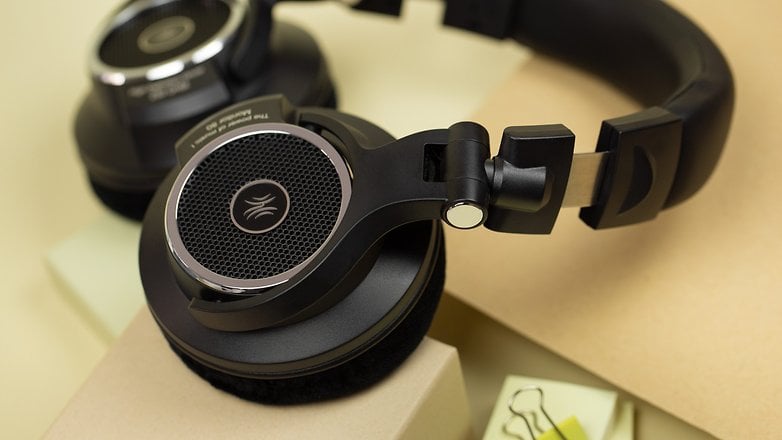
The OneOdio Monitor 80 is a very sober headset dressed in an all black outlook. The headphones are mainly made of plastic except for the metal headband, which is covered with padded leather while the earpads are covered with a fabric that feels like a cross between a carpet and fleece.
The headphones is very light even if the manufacturer did not specify its weight. When folded and placed on the table, my kitchen scale showed that the headset weighed exactly 300 g. The headphones are able to fit well around your ears, where the earpieces do not enclose your ears but rest on the cartilage instead. This did not make me feel any form of discomfort even when it came ot extended listening sessions as the headband does not squeeze your head too much.
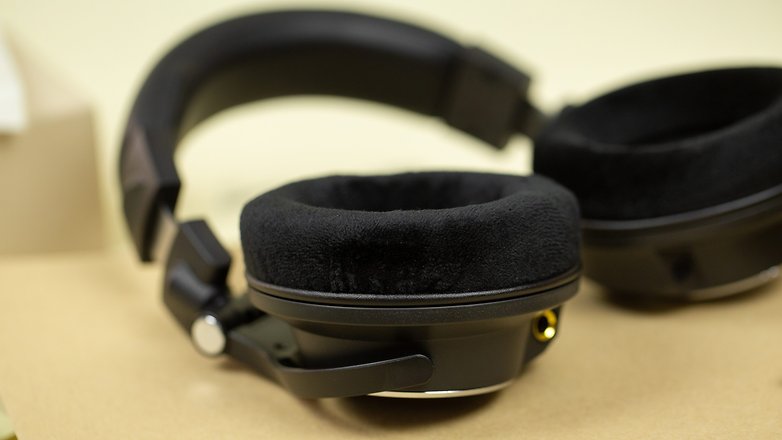
And above all, the headphones let you breathe. Since the ear cups are made of fabric and are open, the headphones let a little bit of air through and absorb any perspiration, which is not the case with headphones equipped with leather ear cups.
These same ear cups can be rotated 45° on their axis in both directions and folded inwards to make the OneOdio Monitor 80 more portable. The adjustment notches on the headband also look and feel solid. The hard storage case looks sturdy, but I found it to be a bit too bulky for my liking.
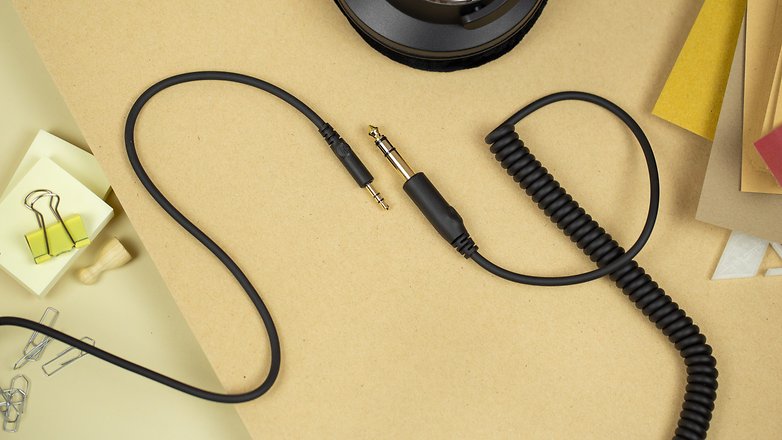
It is also bulky since two jack cables are provided. The first 3.5 mm cable measures 3 m long while the second one, a 3.5 mm-to-6.35 mm jack, is 3.5 m long.
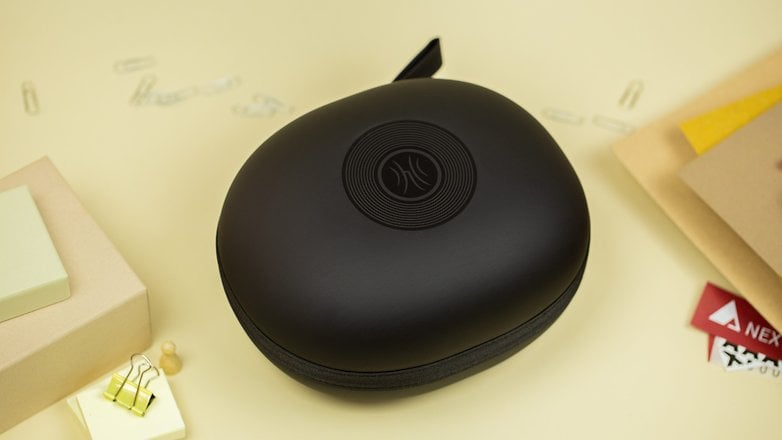
250 ohm impedance: What can you do with the OneOdio Monitor 80?
Well, compared to an expert like PP Garcia (whose YouTube channel I highly recommend), I’m a real audio Cro-Magnon.
But to put it simply, impedance is the degree to which the headphones will oppose the passage of current. It is expressed in ohms or Ω and the higher the impedance of the headphones, the more electrical current it will require to make them work properly.
In general, this pair of headphones have an impedance of between 16 and 600 ohms. To listen to music on a smartphone, tablet or PC, we are usually safe with headphones that feature anywhere from 16 to 80 ohms. With 250-ohm headphones like the OneOdio Monitor 80, you need a more powerful source, an amp, or DAC with a built-in amp function.
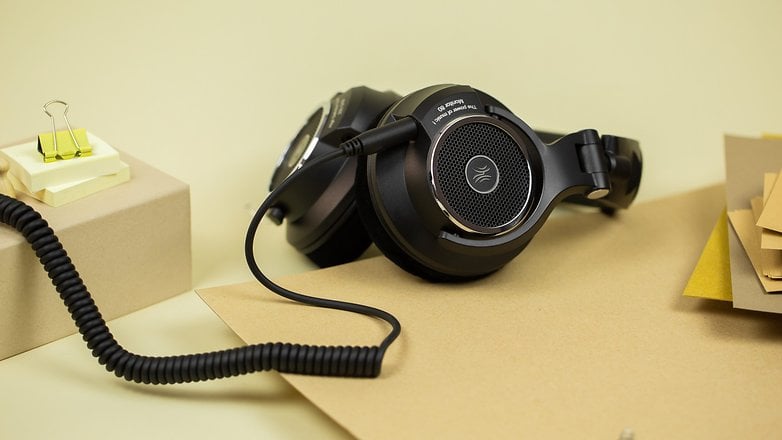
Why am I boring you about this damned impedance? Well, because if your source, aka your smartphone or PC, doesn’t deliver a strong enough current, the headphones may offer a very low volume level, or simply put, not work at all.
Rest assured, the OneOdio Monitor 80 worked fine on my Honor Magicbook Pro or the Realme 9 5G. But it is certain that without an amplifier, I did not obtain the best audio quality that the headset is capable of producing. The manufacturer itself recommends using an amp.
In any case, the OneOdio has a very good sensitivity of 100 dB. This means that for an audio signal with a power of 1 mW (milliwatt) and a frequency of 1 kHz (kilohertz), the headphones will be able to reproduce up to 100 dB (decibels). Just how loud is 100 dB? It shares the same level of volume as a jackhammer. So the more sensitive your headphones are, the less you need to turn up the volume to make it sound louder.
Audio quality: Warm and precise sound
As the OneOdio Monitor 80 was designed for sound editing, its audio signature is very flat. It also covers a fairly wide frequency range from 10 to 40,000 Hz. So over all these frequencies, the headphones will not flatter some more than others. To me, that’s a good thing, but it’s something to keep in mind if you prefer more pronounced profiles (on the bass or midrange, for example).
What I liked:
- Fairly wide frequency range
- Very neutral audio signature
- Warm and accurate sound (under the right conditions)
What I disliked:
- Difficult to enjoy on the go due to the on-ear format
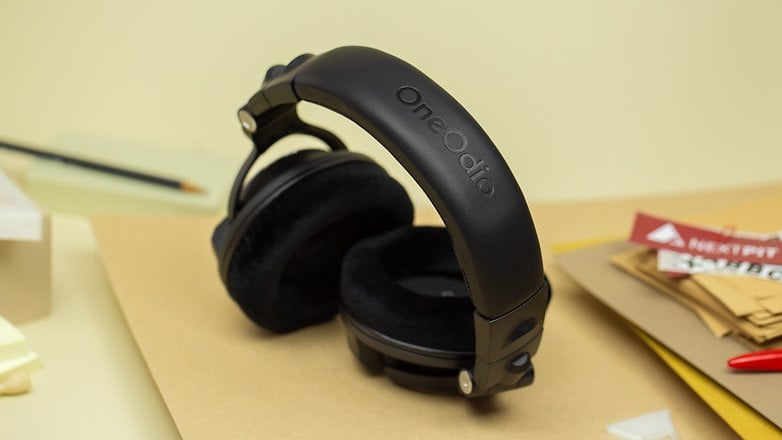
The OneOdio Monitor 80 is the perfect headset for those among you who want to hear everything, and I mean absolutely EVERYTHING, in a song. Don’t like the bass drowning out the mids (vocals, instruments)? Or are the highs making your ears tense? You’re in luck.
This is a far cry from the bass-heavy audio signature we’ve become accustomed to from Bose or Sony consumer headphones, among others. What is also nice about the OneOdio Monitor 80 is how it is very precise with its 40mm drivers.You can hear all details of the musical piece, although I think I could have heard it even better if I had an amplifier at my disposal or if I had not sold off my Sony NW-A55 DAP recently.
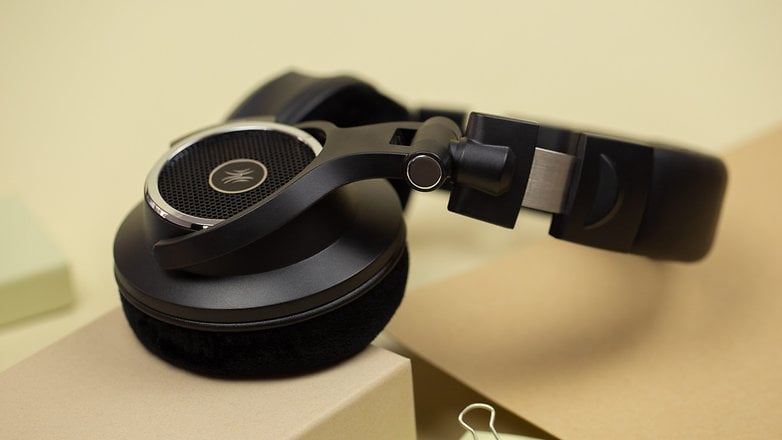
Of course, open headphones translate to bleeding audio. In other words, the people around you can hear what you’re listening to, and more importantly, you can hear them. But as I explained, the OneOdio Monitor 80 is a home headset and not a mobile one. Personally, I like to curate a few playlists and listen to them, normally at night when I get home. It doesn’t assault your ears.
The bass is punchy, the mediums are present although a little less in the low-mediums and the highs are a little too soft for my liking. In short, it is a very warm sound, just like how I like it overall.
The alternative: The OneOdio Monitor 60
The OneOdio Monitor 80 has a little brother, the OneOdio Monitor 60. Their target audience is exactly the same, and their technical specifications are comparable.
But where the Monitor 60 differs from the Monitor 80 is in price ($89.99 vs. $120.99), design, and especially when it comes to impedance. The OneOdio Monitor 60 is a circum-aural headset, whose earpieces encompass your ears. This means you get better passive noise isolation.
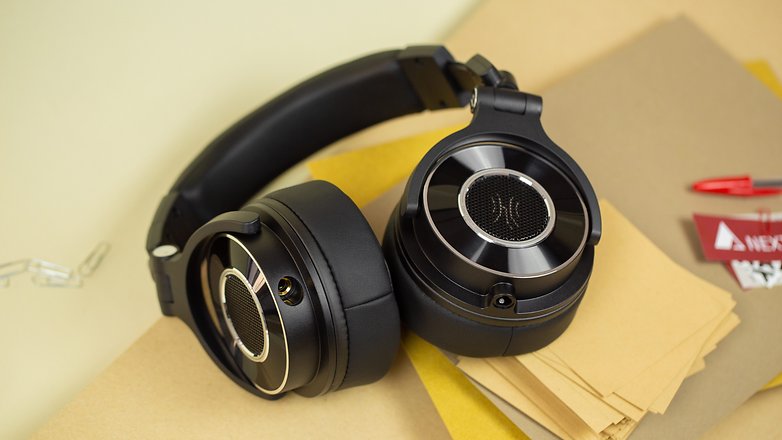
Personally, I found it to be very comfortable thanks to its extremely soft leather pads. The frequency range that is covered is a little more restricted, between 20 and 40,000 Hz. But we have the right to larger drivers at 50 mm.
But, what is really interesting is that the impedance of the headphones is 38 ohm. This means that you can use it at 100% of its capabilities on a far wider range of devices than with the Monitor 80. It’s perfectly fine to use it with a smartphone without having to get an amplifier.
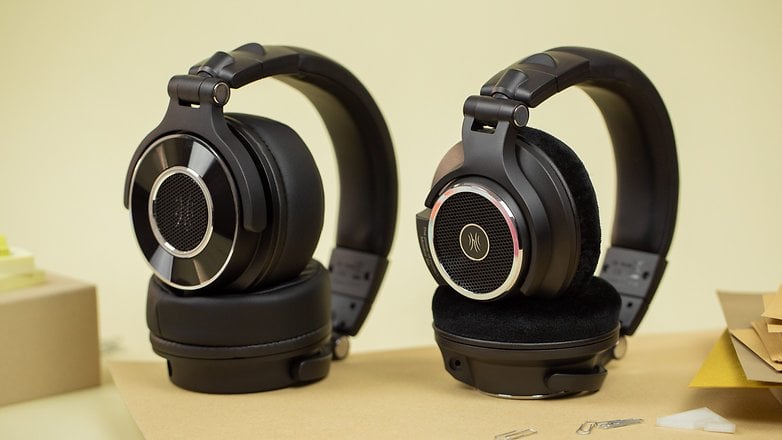
Logically, the sound quality also differs slightly since we have our ears cut off from the outside world. But, we can still find a very neutral signature that only flatters the bass by some bit. I would say that it is the model that is less serious among the two, which lends itself more easily to a more casual use, especially for those who tend to be on the move.
Conclusion
The OneOdio Monitor 80 is a very good choice in terms of value for money should you want to get into the audiophile world without having to fork out a massive amount of money right from the get go. However, I don’t recommend it for casual use, for listening to MP3s or Spotify while you are riding in the subway.
For $100, you get headphones for sound editing, podcasts, music sessions or evenings at home, seated on a leather armchair while sipping a glass of fine wine and listening to Hans Zimmer.
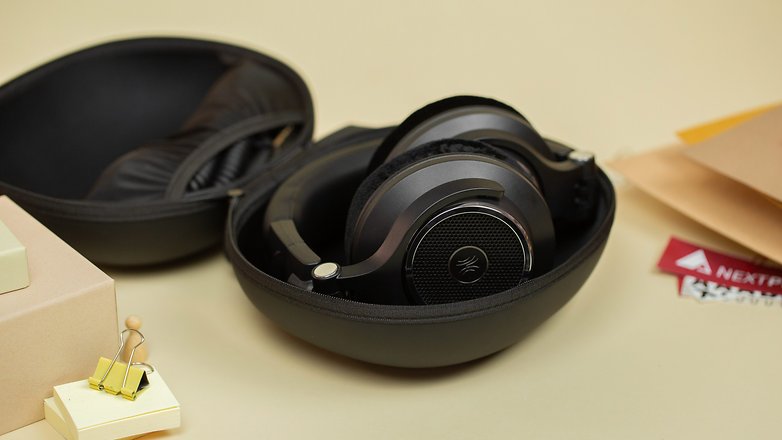
Admittedly, it is a very niche product. If you’re looking for a mobile headset or if both active or passive noise reduction are important to you, this is not the model that you should pick up. Look elsewhere!
These are headphones designed for listening, nothing more, nothing less. The OneOdio Monitor 80 does those very well, make no mistake about it. And if you want the same level of quality, but really don’t want to invest in an amp, then the Monitor 60 is a good alternative.






